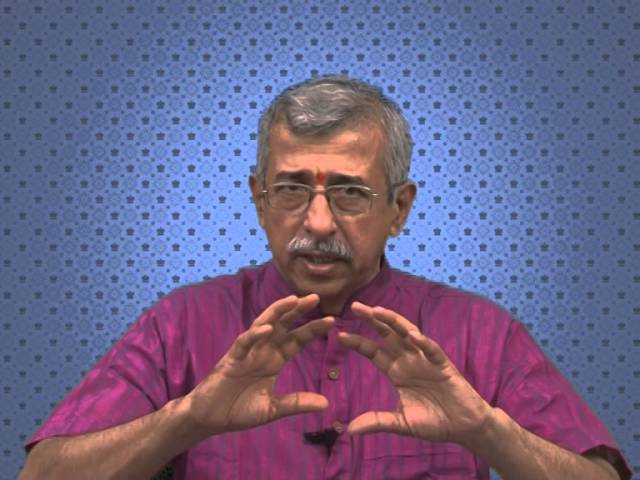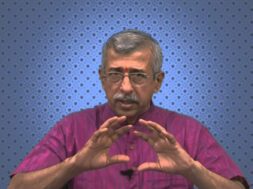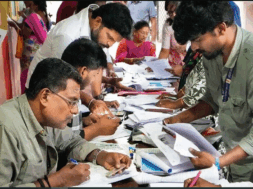
Medical, Nursing, Pharmacy Textbooks in all Major Indian Languages in Three Years
NEW DELHI, Oct 17: Textbooks for medicine, nursing, and pharmacy in all major Indian languages will be ready in the next three years or so, Chamu Krishna Shastry, Chairperson of the high-powered Committee for Promotion of Indian Languages under the Ministry of Education, said on Monday. This will be even while keeping the option of studying in English medium kept open, he said.
The committee is already in talks with the National Medical Commission and other specific boards for this new initiative, he said. “We are working at being able to offer education (courses in medicine/nursing/pharmacy, etc.) in regional languages across India. The central idea being that in 10 years’ time, all the students will have the option, infrastructural and staff support to study these subjects in their mother tongue. This is not to say that English will be done away with. That option will also be kept available,’’ he said.
Only on Sunday, the Madhya Pradesh government released textbooks in Hindi for three subjects in the MBBS course as part of a project to impart medical education in Hindi.
According to data from the Health Ministry, India has 612 medical colleges (321 government colleges and 291 private colleges) offering 91,927 undergraduate MBBS seats and 46,118 postgraduate seats. According to the Indian Nursing Council’s 2021 annual report, the country has 5,162 nursing institutes.
Doctors’ Associations have warned that doing away with language uniformity will be a regressive move that will have a negative impact on medical education and the opportunities it offers. They maintain that medical education needs to be at par with international guidelines and bodies, and a multiple language system will confuse students and lead to a fall in the quality of education.
Refuting this, Mr. Shastry said, “Countries, including Japan and Germany, follow the same principle and offer medical education in their respective languages. Even international students seem to be able to cope well.”
“Besides, we understand that 90% of the doctors, nurses and pharma professionals that we educate stay on the country and States to work there. In this scenario, knowing the regional language is an added benefit. It puts the patients at complete ease and allows no communication gaps,” he added.
Mr. Shastry said currently the work was on to create textbooks in Indian languages, educate educators, and initiate capacity building while equipping universities enough to cater to this change.
(Manas Dasgupta)














